A Science Advances study proposes cells may process information using quantum mechanisms far faster than classical biochemical signaling.
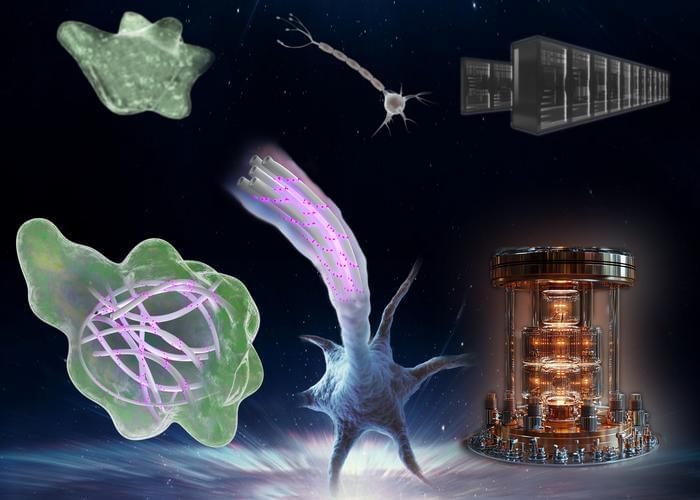

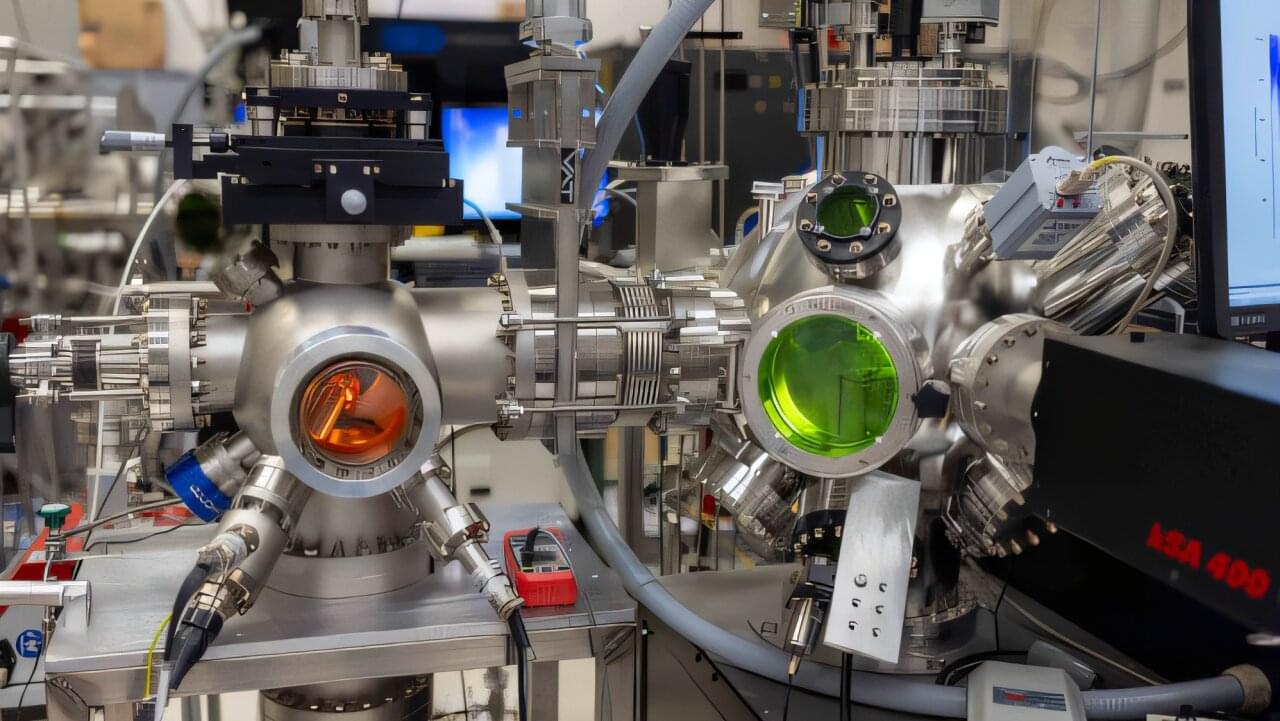
An international team led by Rutgers University-New Brunswick researchers has merged two lab-synthesized materials into a synthetic quantum structure once thought impossible to exist and produced an exotic structure expected to provide insights that could lead to new materials at the core of quantum computing.
The work, described in a cover story in the journal Nano Letters, explains how four years of continuous experimentation led to a novel method to design and build a unique, tiny sandwich composed of distinct atomic layers.
One slice of the microscopic structure is made of dysprosium titanate, an inorganic compound used in nuclear reactors to trap radioactive materials and contain elusive magnetic monopole particles, while the other is composed of pyrochlore iridate, a new magnetic semimetal mainly used in today’s experimental research due to its distinctive electronic, topological and magnetic properties.
At times, the reactions do not produce the intended results, and this is where simulations are used to understand what might have caused the anomalous behavior. Chemistry students are often tasked with running these simulations to learn to think critically and make sense of discoveries.
As the complexity of the process increases, more advanced computing infrastructure is required to carry out these simulations. To understand these reactions at a quantum level, theoretical chemists even use specialized software packages to streamline their research and automate the simulation process. AutoSolvateWeb is just a chatbot but can help even non-experts achieve this level of competence.
AutoSolvateWeb helps compute the dissolving of a chemical, referred to as a solute, into a substance called a solvent. The resultant solution is called the solvate, hence the name. While theoretical chemists use computation software to convert this into simulations that look much like 3D movies, AutoSolvateWeb can achieve the same output through a chatbot-like interface with the user.
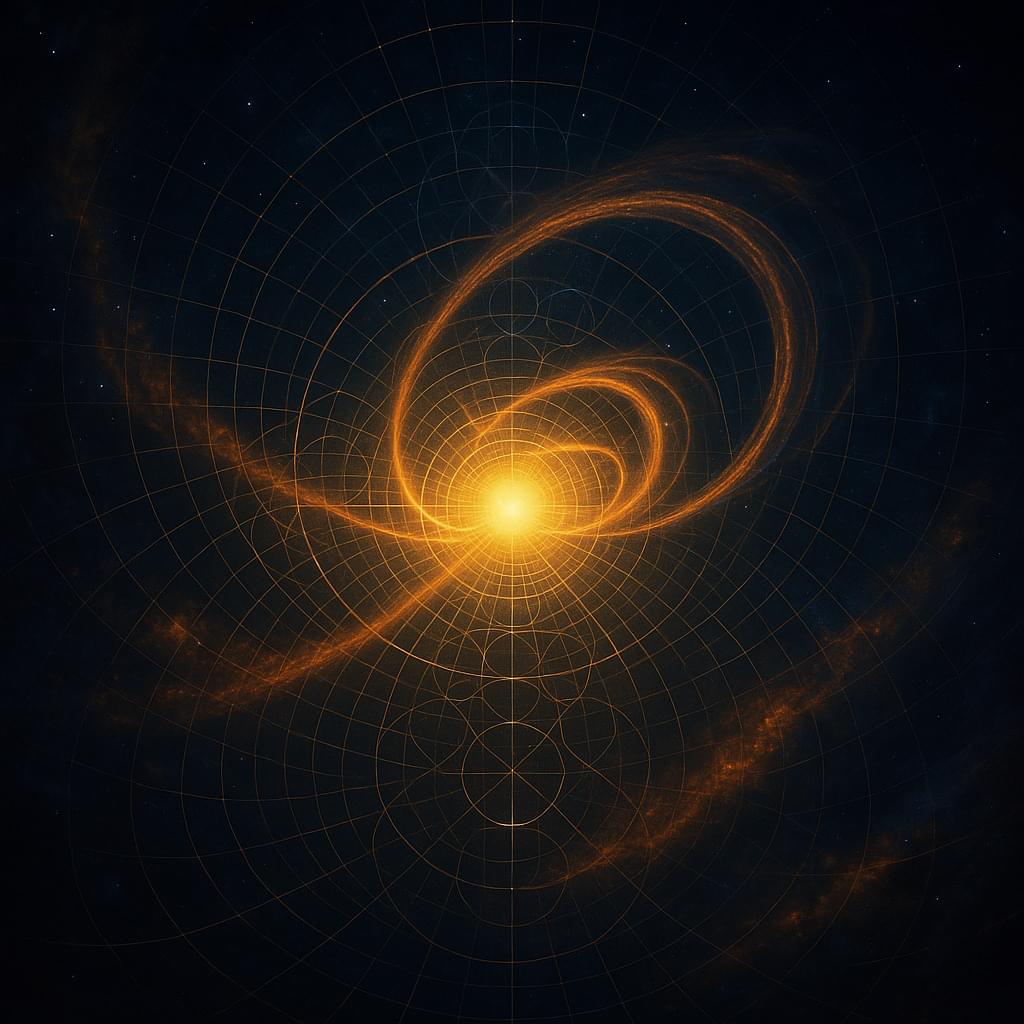

npj Quantum Inf ormation volume 11, Article number: 37 (2025) Cite this article.

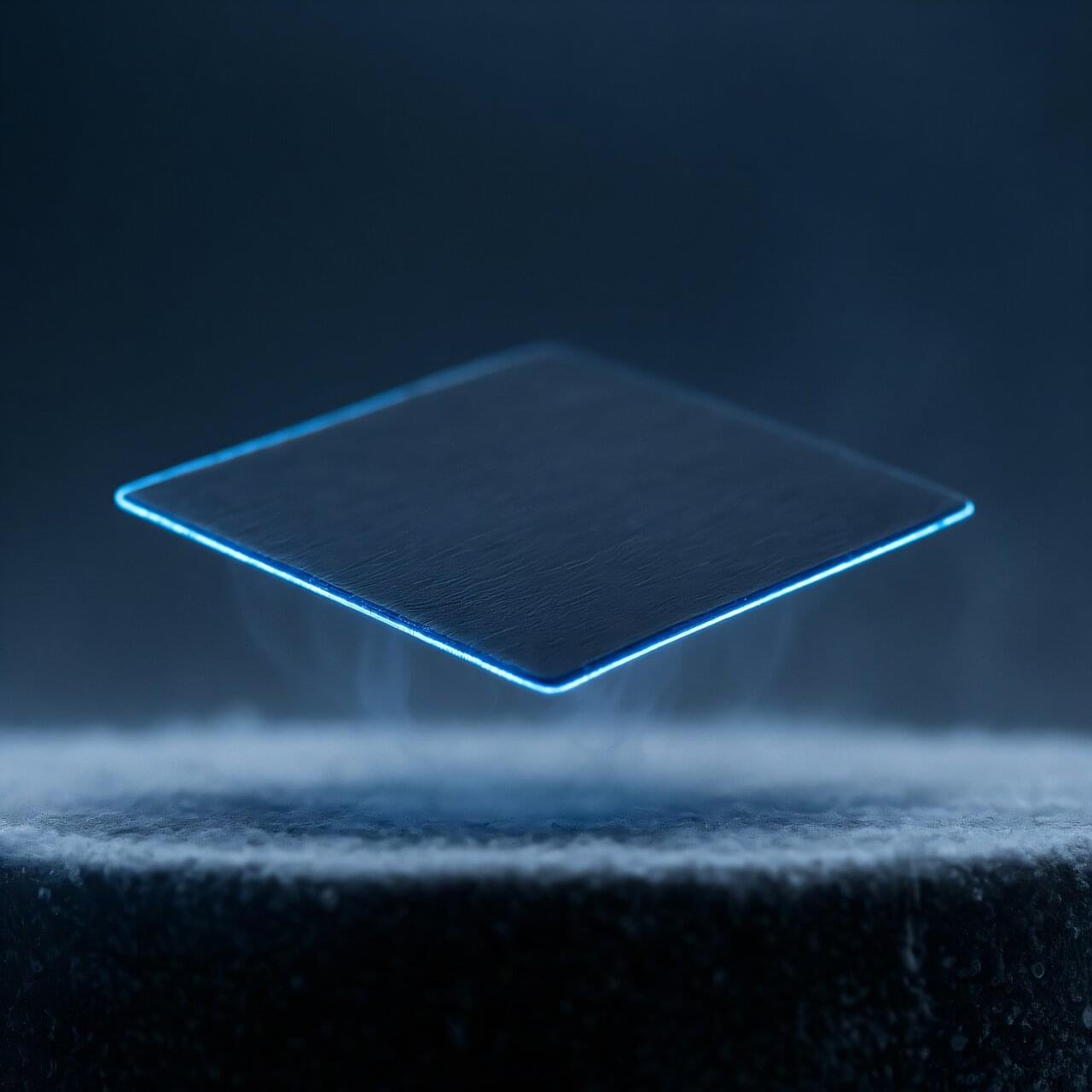
Magnesium is a common chemical element, an alkaline earth metal, which is highly chemically reactive and is very light (even lighter than aluminum). Magnesium is abundant in plants and minerals and plays a role in human physiology and metabolism. In the cosmos, it is produced by large aging stars.
Among its physical properties, while it is a good conductor of electricity, magnesium is not known to be a superconductor. Superconductors are particularly promising materials with the potential to revolutionize energy transmission, medical imaging, and quantum computing, and are defined by their ability to conduct electricity without resistance below a certain critical temperature.
Recently, with my colleague Giovanni Ummarino from Turin Polytechnic, I have started challenging the textbook paradigm that states only certain elements in the periodic table can be superconductors. In particular, my colleague and I have shown that the phenomenon of quantum confinement can turn non-superconducting elements into superconductors. Our research is published in Condensed Matter.
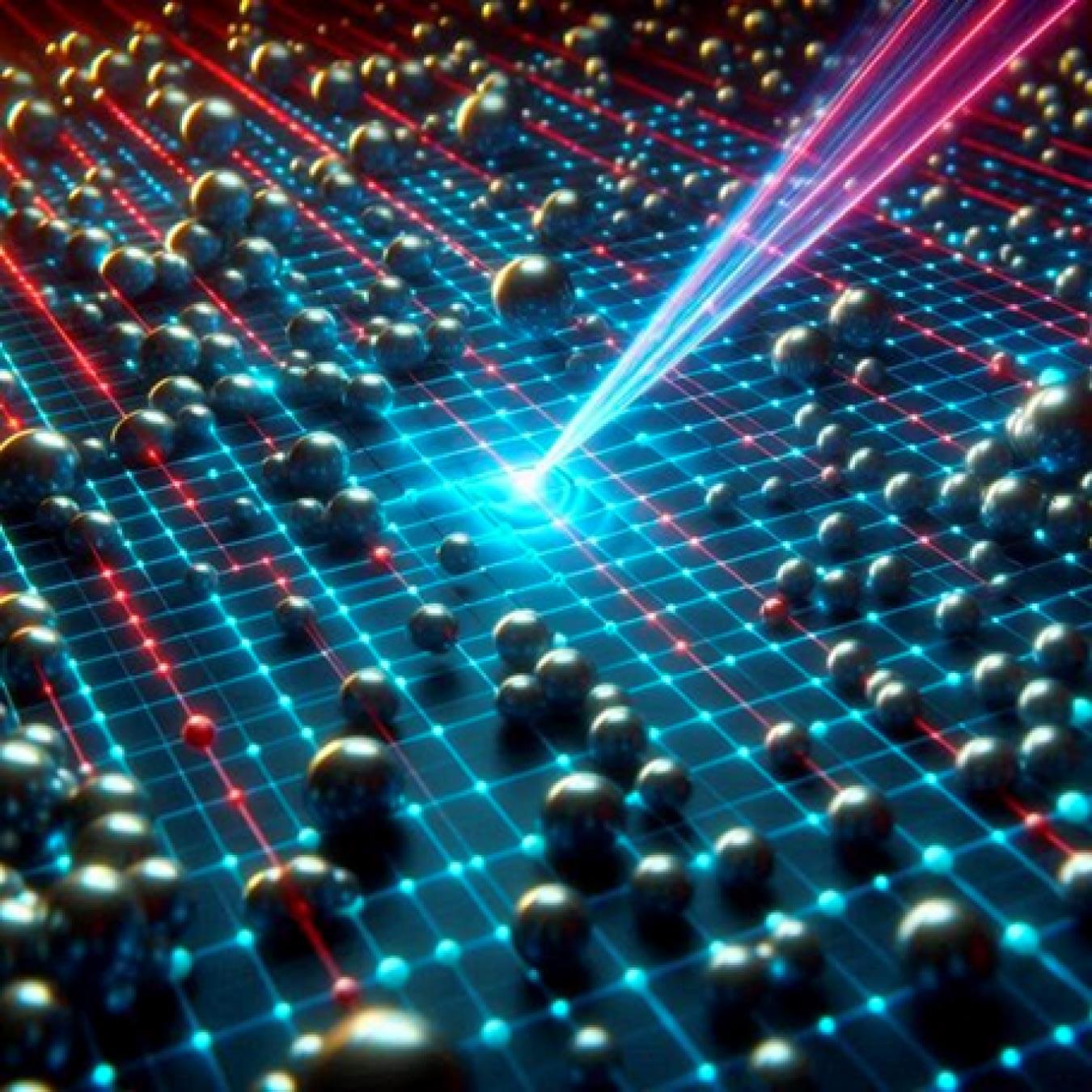

In their ongoing efforts to push the boundaries of quantum possibilities, physicists at WashU have created a new type of “time crystal,” a novel phase of matter that defies common perceptions of motion and time. The WashU research team includes Kater Murch, the Charles M. Hohenberg Professor of Physics Assistant Professor, Chong Zu, assistant professor of physics, and Zu’s graduate students Guanghui He, Ruotian “Reginald” Gong, Changyu Yao, and Zhongyuan Liu. Other authors are Bingtian Ye from MIT and Harvard’s Norman Yao.
